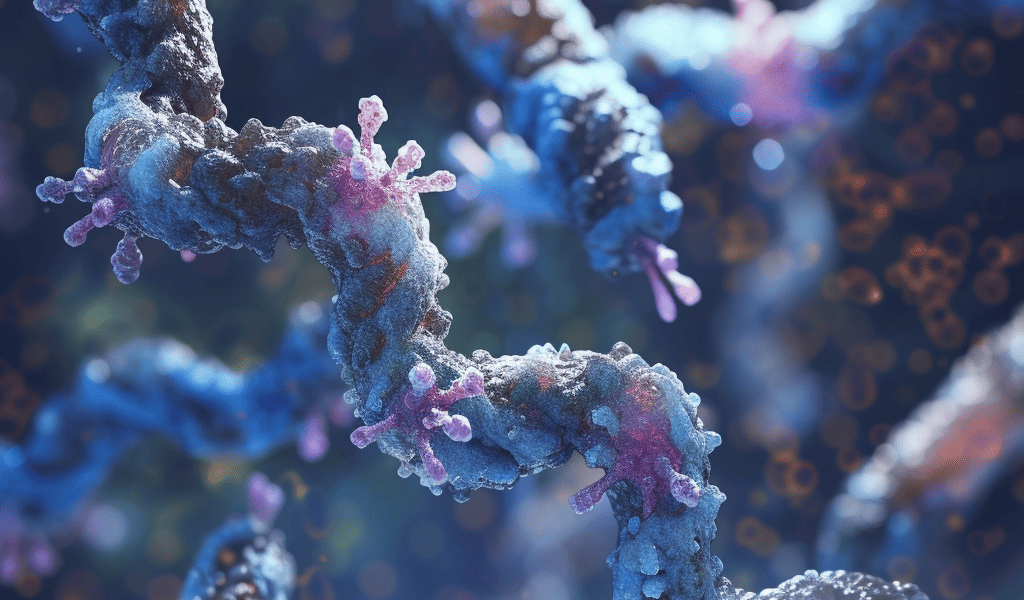Breakthrough in Understanding Bacterial Genome Regulation through Transcription-Replication Interactions
Researchers have made a significant breakthrough in understanding bacterial genome regulation through transcription-replication interactions. The study, published in Nature, sheds light on the dynamics of gene expression at the genome scale, providing a novel classification of regulatory modes based on the transcriptional response of each gene to its own replication, termed the transcription-replication interaction profile (TRIP).
Traditionally, bacterial transcriptomics has only captured a static snapshot of expression averaged across millions of cells, limiting the understanding of gene expression dynamics and their relation to regulatory architecture. However, the analysis of single-bacterium RNA-sequencing data in this study revealed that the response to chromosomal replication integrates biological regulatory factors with biophysical molecular events on the chromosome, unveiling the local regulatory context of a gene.
The study found that the TRIPs of many genes conform to a gene dosage-dependent pattern, while others diverge in distinct ways, shaped by factors such as intra-operon position and repression state. This work provides a quantitative, biophysical framework for modeling replication-dependent expression dynamics, offering insights into the underlying mechanistic drivers of gene expression heterogeneity.
The findings open new avenues for understanding the intricate regulatory mechanisms governing gene expression in bacteria, with potential implications for various fields including biotechnology, medicine, and environmental science.





